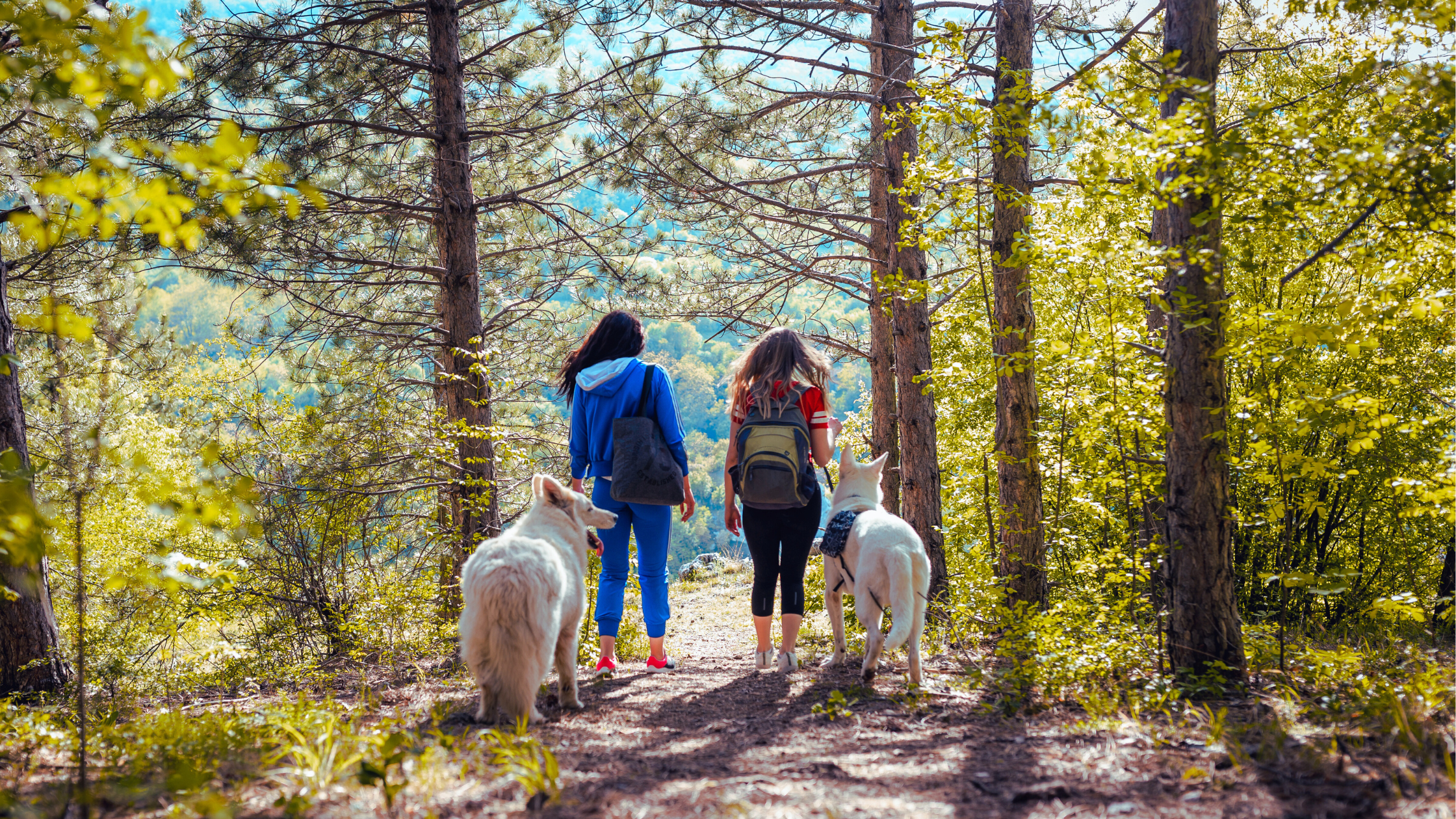Identifying and Treating Poison Ivy, Poison Oak, and Poison Sumac
Now that the weather is warmer and we are spending more time outdoors, it’s crucial to be aware of certain poisonous plants that can cause serious skin reactions. Three of the most notorious culprits are poison ivy, poison oak, and poison sumac. Knowing how to identify these poisonous plants and understanding what to do if you come into contact with them can help you avoid unpleasant and potentially severe reactions.
Let’s delve into the appearance, habitats, and effects of these plants, along with effective treatment options for exposure:
1. Poison Ivy:
Appearance:
Poison ivy typically has clusters of three pointed leaves, which is why the saying “Leaves of three, let them be” is so important to remember. The leaves are usually green in the spring and summer, turning red, yellow, or orange in the fall. They can be smooth or slightly toothed.
Habitat:
Poison ivy is commonly found across the United States, except for the West Coast. It thrives in wooded areas, along riverbanks, and in open fields.
Effects:
Contact with poison ivy can cause an itchy, red rash with blisters. The rash is a result of an allergic reaction to urushiol, an oily resin found in the plant.
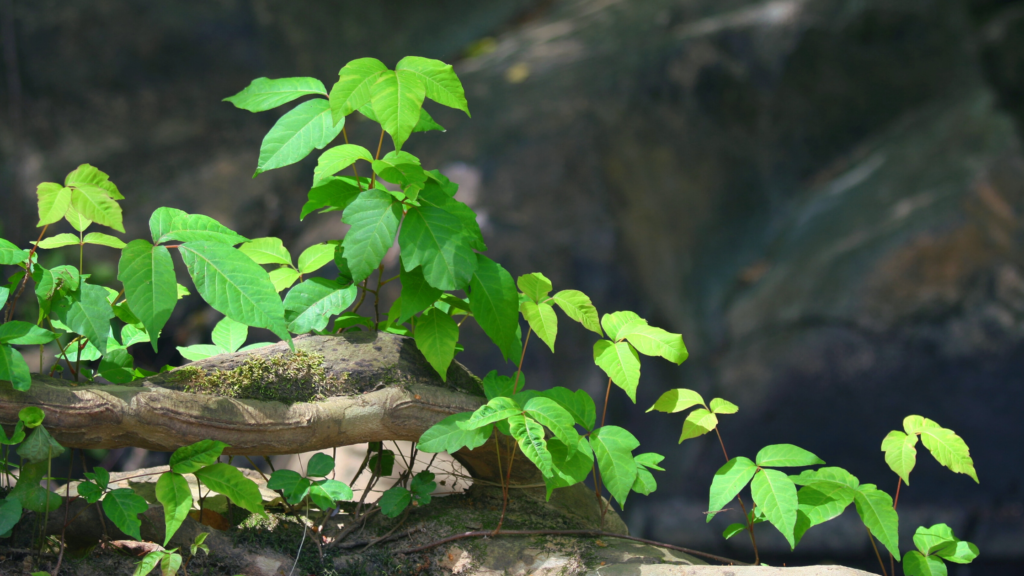
2. Poison Oak:
Appearance:
Poison oak also has leaves in clusters of three, similar to poison ivy, but the leaves are lobed and resemble oak leaves. The leaves are green in the summer and can turn red or brown in the fall.
Habitat:
Poison oak is found primarily on the West Coast and in the southeastern United States. It grows in wooded areas, grasslands, and along trails.
Effects:
Like poison ivy, poison oak causes an itchy, blistering rash due to urushiol. The rash can vary in severity depending on individual sensitivity and the amount of contact.
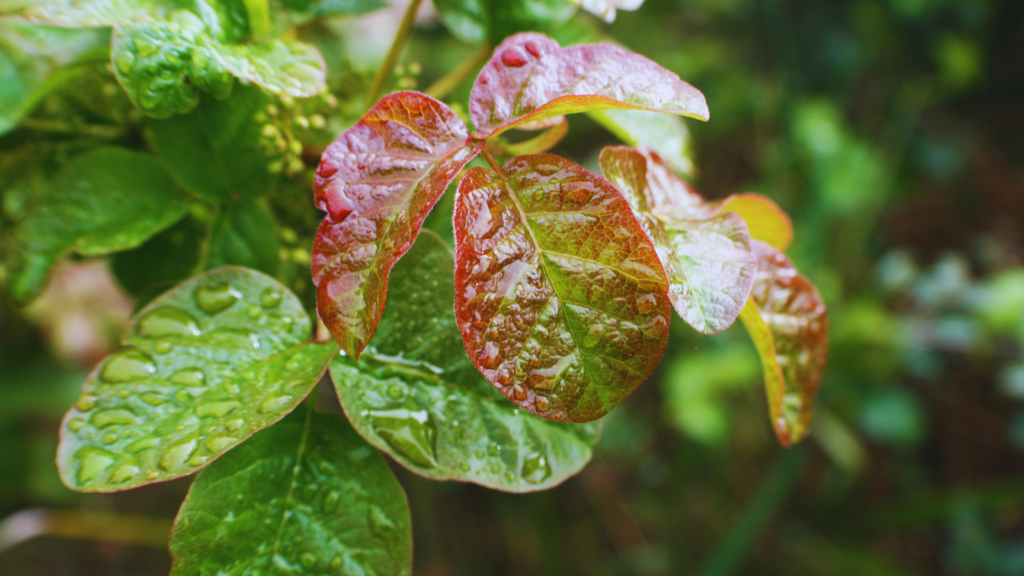
3. Poison Sumac:
Appearance:
Poison sumac is less common than poison ivy and oak. It has 7 to 13 smooth-edged leaflets per stem, arranged in pairs with a single leaflet at the end. The leaves are green and can turn red in the fall.
Habitat:
Poison sumac thrives in wet, swampy areas, particularly in the eastern United States. It’s often found in bogs and along riverbanks.
Effects:
Poison sumac exposure results in a more intense reaction than poison ivy or oak, causing a severe, itchy rash with blisters and swelling.
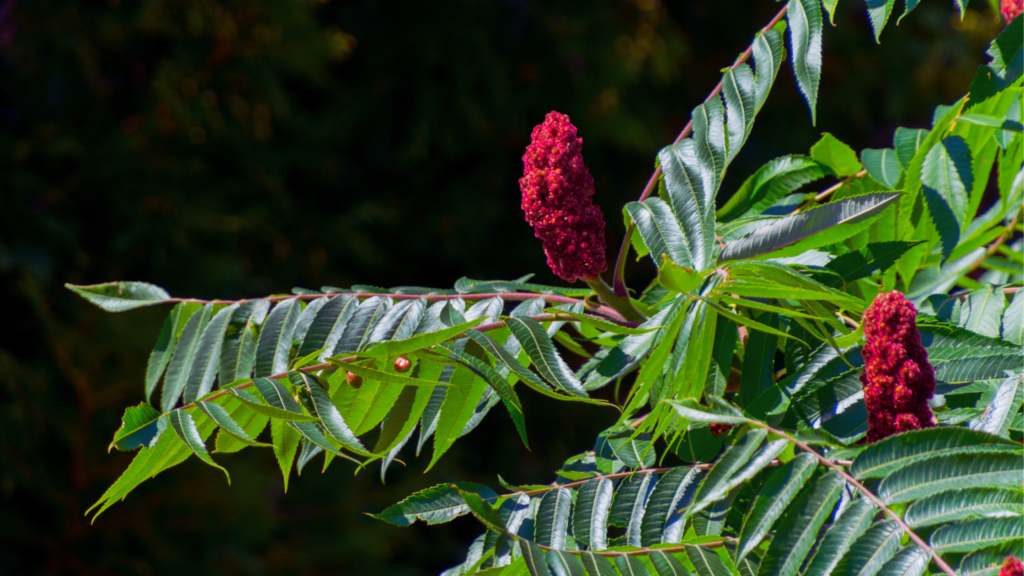
Immediate Actions and Treatment If you come into contact with these plants:
1. Wash Immediately:
Wash the affected area with soap and cold water as soon as possible to remove urushiol. This can reduce the severity of the reaction.
2. Avoid Scratching:
Scratching can spread the oil to other parts of your body.
3. Natural Solutions:
- Rubbing Alcohol: Applying rubbing alcohol can help remove the oil from your skin
- Cold Compresses: These can help soothe itching and reduce swelling.
- Aloe Vera: Known for its soothing properties, aloe vera gel can help alleviate itching and promote healing.
Medical Options:
1. Over-the-Counter Treatments:
Hydrocortisone creams, calamine lotion, and antihistamines can help reduce itching and inflammation. If you do find yourself dealing with an itchy rash, always keep this gentle, homeopathic anti-itch spray on hand—it’s a soothing lifesaver after accidental contact with poison ivy or oak!
- Amazon Best-Seller: Tecnu Rash Relief Medicated Anti Itch Spray with Scar Prevention, Itchy Skin Relief from Poison Ivy, Poison Oak, Rashes, Insect Bites & Sunburn, Homeopathic Skin Care
2. Seek Medical Attention:
If the rash is severe, widespread, or near sensitive areas like the eyes, or if you experience difficulty breathing, seek medical attention immediately. Prescription-strength corticosteroids may be necessary.
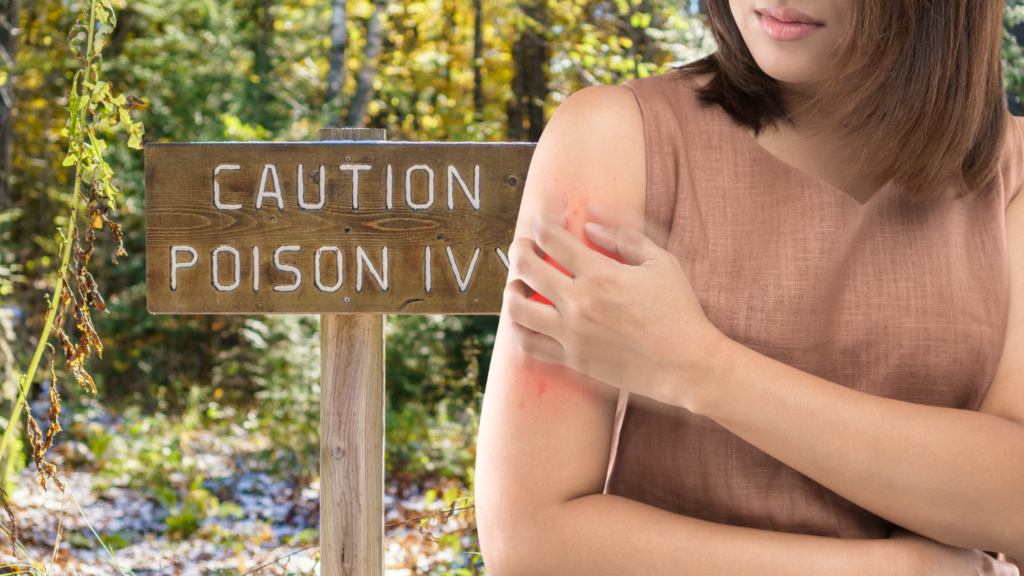
What to Do If Your Dog Walks Through Poisonous Plants:
Luckily dogs are not affected by poison ivy, poison oak, and poison sumac in quite the same way humans are. While dogs can come into contact with the oil present in these plants, their fur usually provides a protective barrier that prevents the oil from reaching their skin. However, if the oil does make contact with areas where the fur is sparse, such as the belly, groin, or inside of the legs, they can develop a rash similar to humans. More commonly, dogs can transfer the oil to humans, as it can cling to their fur and then be passed on through petting or other contact. Therefore, it’s essential to handle your dog with care if you suspect they’ve been exposed to these plants.
1. Avoid Direct Contact:
Wear gloves when handling your pet to avoid transfer to your skin.
2. Wash Your Dog:
Use mild pet shampoo and water to thoroughly wash your dog’s fur, removing any oil. Pay close attention to their paws, legs, and belly.
- Amazon Recommendation: Earthbath Oatmeal & Aloe Dog Shampoo – Oatmeal Shampoo for Dogs, Dry Itchy Skin Relief, Hypoallergenic Anti Itch
3. Clean Your Clothes and Gear:
Wash any clothing, leashes, or other items that you may have come into contact with to prevent further spread.
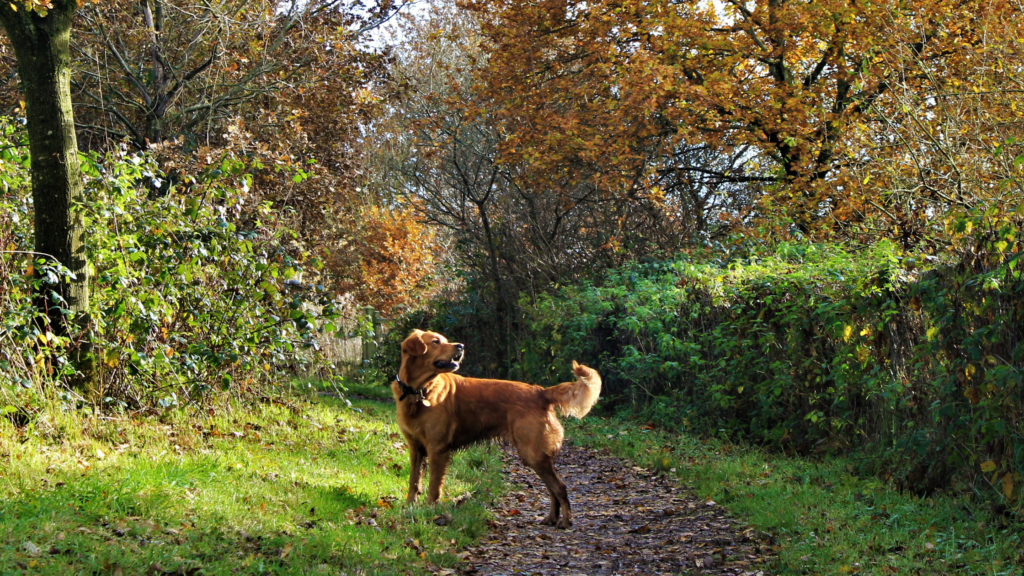
Understanding how to identify poison ivy, poison oak, and poison sumac and knowing what to do if you come into contact with them is essential for enjoying the great outdoors safely. Remember, “Leaves of three, let them be,” and stay vigilant while exploring nature. By taking immediate action and using both natural and medical treatments, you can effectively manage and mitigate the unpleasant effects of these poisonous plants. Stay informed and prepared to keep your outdoor adventures safe and enjoyable.
- Another harmful culprit to look out for with the warmer weather is the tick – read up on ways to naturally reduce your exposure: Tick-Proof Your Garden: 10 Best Tick-Repelling Plants
Disclaimer: As an Amazon Associate, we earn from qualifying purchases. This helps support the blog at no extra cost to you!
Sources:
- Mayo Clinic: Poison Ivy Rash
- American Academy of Dermatology: Poison Ivy, Oak, and Sumac
- Centers for Disease Control and Prevention (CDC): Preventing and Treating Poison Ivy, Poison Oak, and Poison Sumac Rash
- PetMD: Poison Ivy, Poison Oak, and Poison Sumac in Dogs
